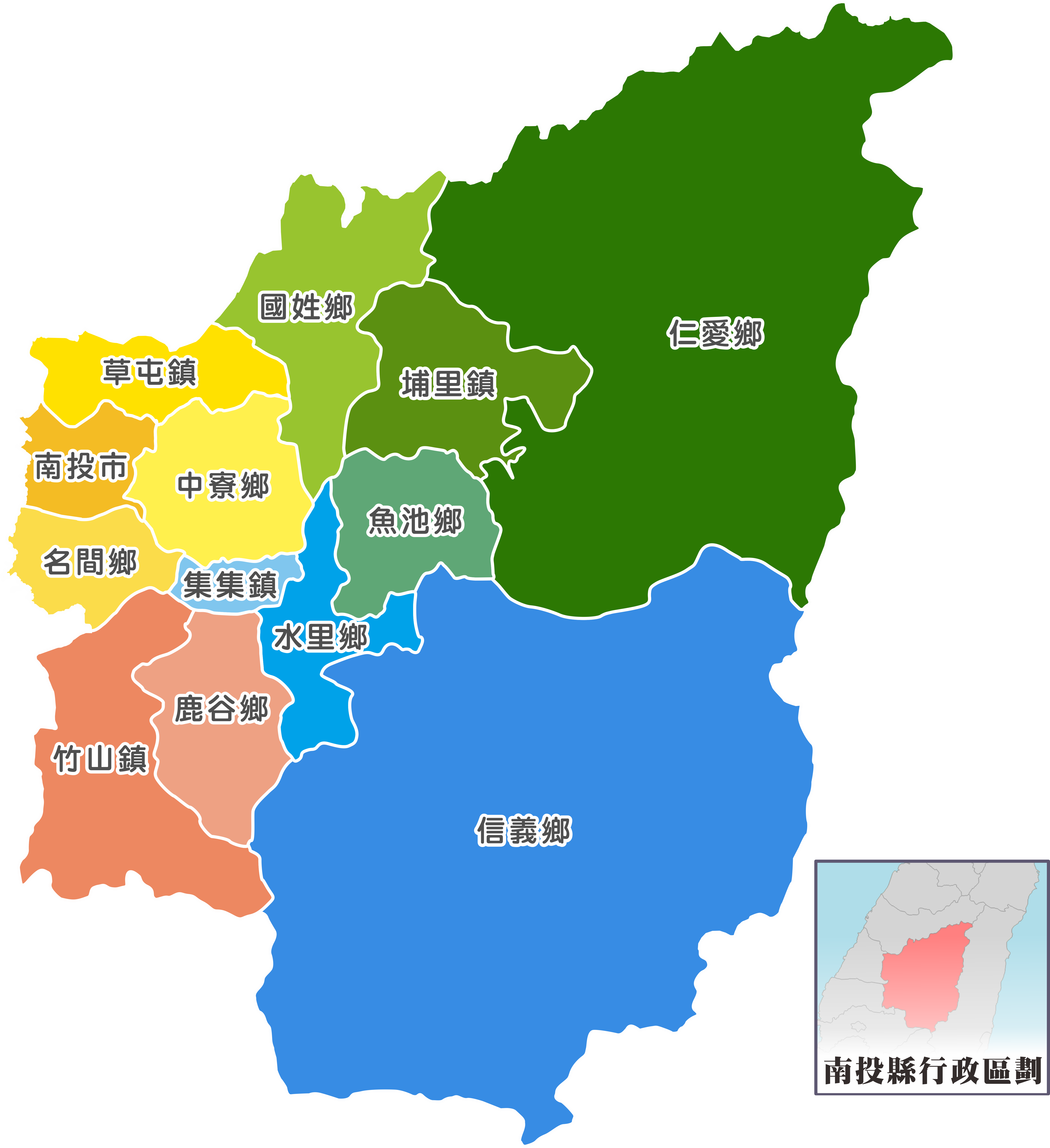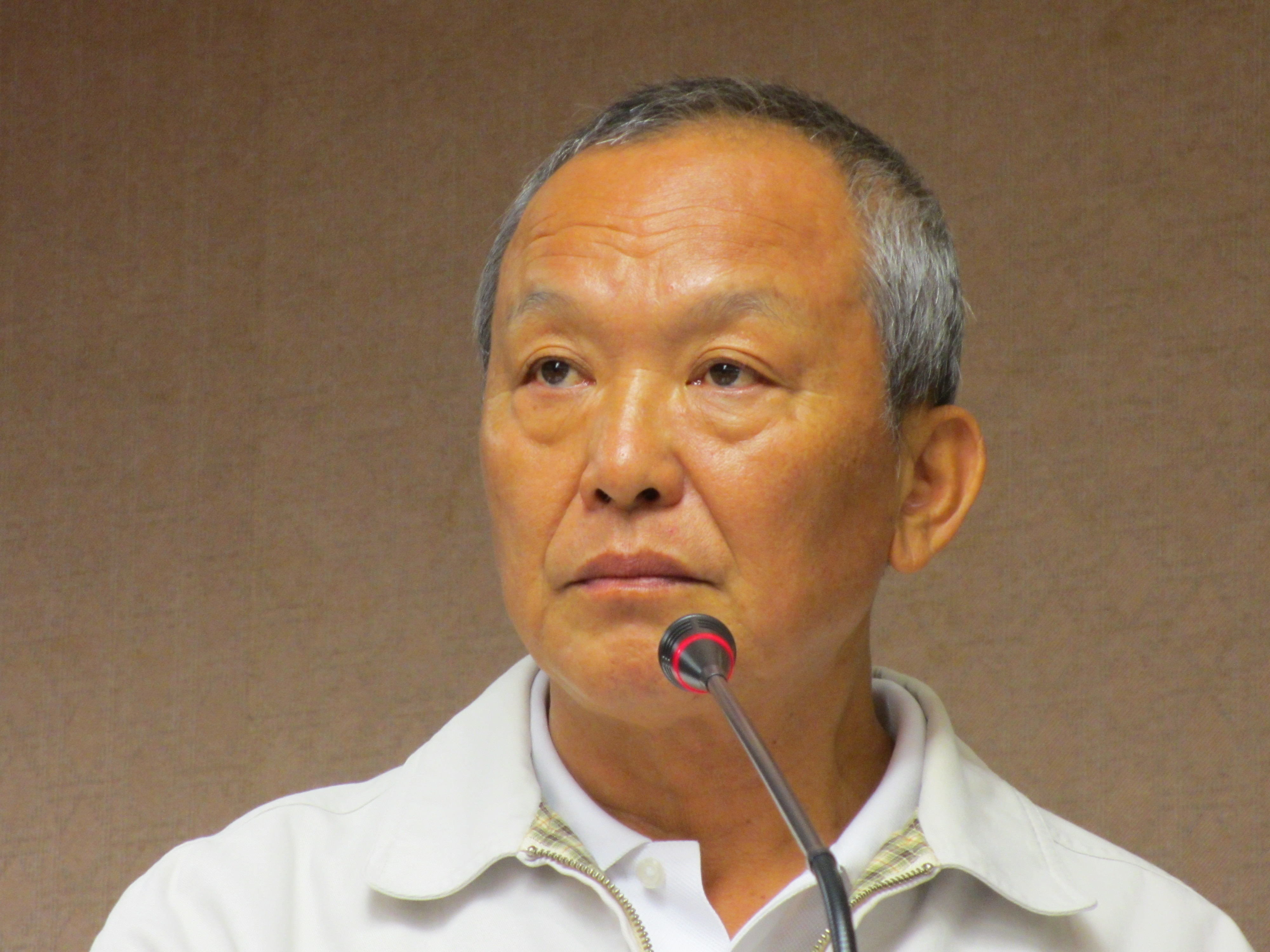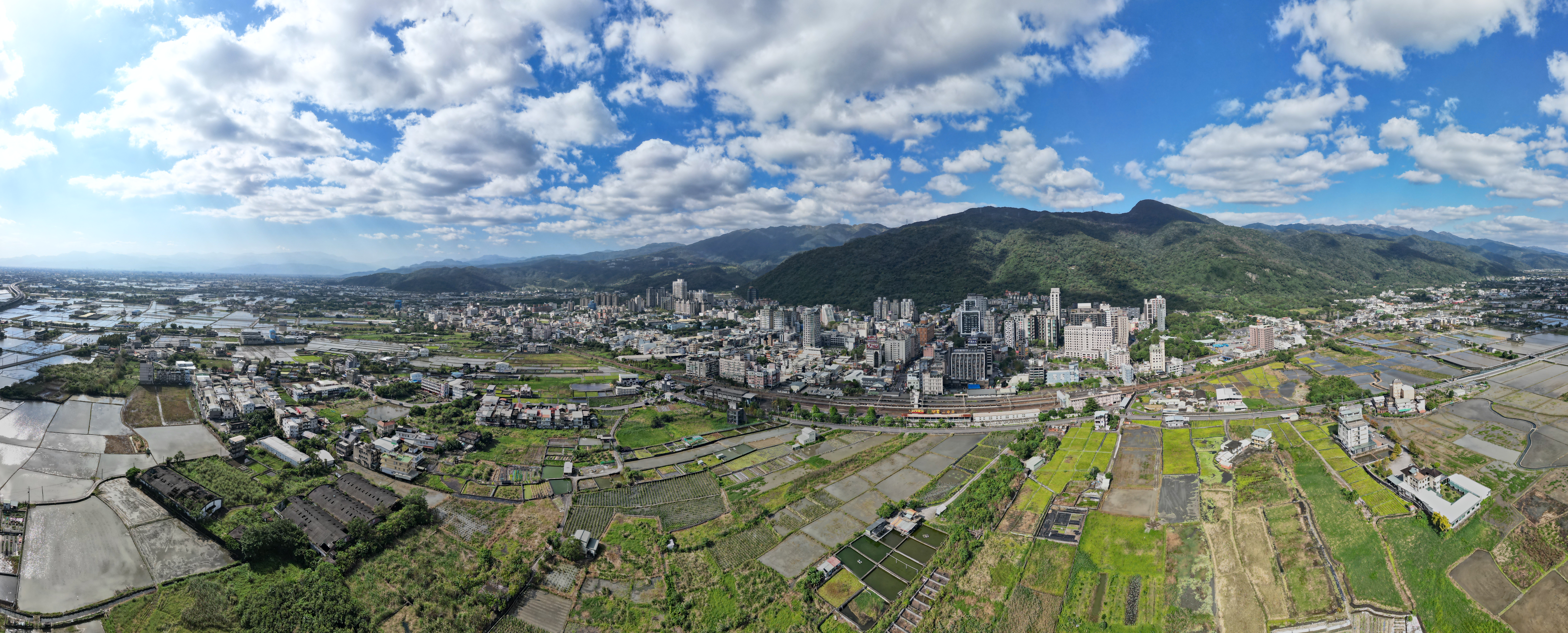|
High Court (Taiwan)
The high courts () are the intermediate appellate courts under the law of Taiwan. The modern court system of Taiwan was founded in 1896, under the Japanese era. Currently there are six high courts and branches in Taiwan. History In 1896, the High Court of the Government-General of Taiwan (, ''Taiwan Sōtokufu Kōtō Hōin'') was established in Taihoku. This was the supreme court of Taiwan in the Japanese era. Note that the Empire of Japan was granted extraterritoriality in China from late 19th century until World War II. This also handled the trial cases appealed from Taihoku District court () regarding Japanese citizens (including Taiwanese and Korean) in the Chinese provinces of Fujian, Guangdong and Yunnan. After World War II, the Taiwan High Court was established under the Judicial Yuan, with more high court branches were established for the increasing population. List of high courts Jurisdiction The high courts and its branches exercise jurisdiction over the following ... [...More Info...] [...Related Items...] OR: [Wikipedia] [Google] [Baidu] |
Appellate Court
A court of appeals, also called a court of appeal, appellate court, appeal court, court of second instance or second instance court, is any court of law that is empowered to hear an appeal of a trial court or other lower tribunal. In much of the world, court systems are divided into at least three levels: the trial court, which initially hears cases and reviews evidence and testimony to determine the facts of the case; at least one intermediate appellate court; and a supreme court (or court of last resort) which primarily reviews the decisions of the intermediate courts, often on a discretionary basis. A particular court system's supreme court is its highest appellate court. Appellate courts nationwide can operate under varying rules. Under its standard of review, an appellate court decides the extent of the deference it would give to the lower court's decision, based on whether the appeal were one of fact or of law. In reviewing an issue of fact, an appellate court ordina ... [...More Info...] [...Related Items...] OR: [Wikipedia] [Google] [Baidu] |
Taipei Taiwan Judicial-Yuan-01
Taipei (), officially Taipei City, is the capital and a special municipality of the Republic of China (Taiwan). Located in Northern Taiwan, Taipei City is an enclave of the municipality of New Taipei City that sits about southwest of the northern port city of Keelung. Most of the city rests on the Taipei Basin, an ancient lakebed. The basin is bounded by the relatively narrow valleys of the Keelung and Xindian rivers, which join to form the Tamsui River along the city's western border. The city of Taipei is home to an estimated population of 2,646,204 (2019), forming the core part of the Taipei–Keelung metropolitan area, which includes the nearby cities of New Taipei and Keelung with a population of 7,047,559, the 40th most-populous urban area in the world—roughly one-third of Taiwanese citizens live in the metro district. The name "Taipei" can refer either to the whole metropolitan area or just the city itself. Taipei has been the seat of the ROC central government sin ... [...More Info...] [...Related Items...] OR: [Wikipedia] [Google] [Baidu] |
Taichung
Taichung (, Wade–Giles: ''Tʻai²-chung¹'', pinyin: ''Táizhōng''), officially Taichung City, is a special municipality located in central Taiwan. Taichung has approximately 2.8 million residents and is the second most populous city of Taiwan, as well as the most populous city in Central Taiwan. It serves as the core of the Taichung–Changhua metropolitan area, the second largest metropolitan area in Taiwan. Located in the Taichung Basin, the city was initially developed from several scattered hamlets helmed by the Taiwanese indigenous peoples. It was constructed to be the new capital of Taiwan Province and renamed as " Taiwan-fu" in the late Qing dynastic era between 1887 and 1894. During the Japanese era from 1895, the urban planning of present-day city of Taichung was performed and developed by the Japanese. From the start of ROC rule in 1945, the urban area of Taichung was organized as a provincial city up until 25 December 2010, when the original provincial city and ... [...More Info...] [...Related Items...] OR: [Wikipedia] [Google] [Baidu] |
Nantou County
Nantou County (; Hokkien POJ: ''Lâm-tâu-koān''; Hakka PFS: ''Nàm-thèu-yen'') is the second largest county of Taiwan by area, located in the central part of the country. It is also the only non-coastal county in Taiwan. Its name derives from the Hoanya Taiwanese aboriginal word ''Ramtau''. Its mountainous area makes it a tourist destination; Sun Moon Lake is located in this county. Other well-known sightseeing of the county including Aowanda, Formosan Aboriginal Culture Village, Hehuanshan, Paper Dome, Qingjing Farm, Shanlinxi, Shuiyuan Suspension Bridge and Xitou. Notable cities in Nantou are Nantou City and Puli Town. The official butterfly of Nantou County is the broad-tailed swallowtail butterfly (''Agehana maraho''). Nantou's tung-ting tea is one of the most famous and high-quality oolong teas grown in Taiwan. History Early history Before the arrival of Han Chinese to Nantou, the Atayal, Bunun and Tsou tribes were distributed throughout the northern and ce ... [...More Info...] [...Related Items...] OR: [Wikipedia] [Google] [Baidu] |
Miaoli County
Miaoli County (Mandarin Pinyin: ''miáo lì xiàn''; Hakka PFS: ''Mèu-li̍t-yen''; Hokkien POJ: ''Biâu-le̍k-koān'' or ''Miâu-le̍k-koān'') is a county in western Taiwan. Miaoli is adjacent with Hsinchu County and Hsinchu City to the north, Taichung to the south, and borders the Taiwan Strait to the west. Miaoli is classified as a county in central Taiwan by the National Development Council, while the Taiwan Central Weather Bureau classifies Miaoli as a county in northern Taiwan. Miaoli City is the capital of the county, and is also known as "Mountain Town", owing to the number of mountains nearby, making it a destination for hiking. Name The name ''Miaoli'' was coined by matching Hakka Chinese sound for the characters 貓貍 to the phonetically approximate ''Pali'' (''Bari'') from the Taokas language. The resulting word () is a widespread but non-orthodox variant referring to Viverridae. In 1889, during late Qing rule, the name was modified from various forms () to its ... [...More Info...] [...Related Items...] OR: [Wikipedia] [Google] [Baidu] |
Changhua County
Changhua County (Mandarin Pinyin: ''Zhānghuà Xiàn''; Wade-Giles: ''Chang¹-hua⁴ Hsien⁴''; Hokkien POJ: ''Chiang-hòa-koān'' or ''Chiong-hòa-koān'') is the smallest county on the main island of Taiwan by area, and the fourth smallest in the country. With a total population of 1.3 million, Changhua County is the most populous county in the Republic of China. Its capital is Changhua City and it is part of the Taichung–Changhua metropolitan area. History Early history There are 32 prehistoric burial sites in Changhua that date back 5000 years. The original name of the area was ''Poasoa'' (), so-named by the local indigenous tribes. Poasoa used to be inhabited primarily by the Babuza people, who have since been mostly assimilated by the Han people. Qing dynasty Qing rule in Taiwan began in 1683, and in 1684, Taiwan Prefecture was established to administer Taiwan under Fujian Province. The prefecture consisted of three counties: , and Zhuluo. Poasoa and modern-day Cha ... [...More Info...] [...Related Items...] OR: [Wikipedia] [Google] [Baidu] |
Yilan County, Taiwan
Yilan County, alternately spelled I-lan, is a County (Taiwan), county in northeastern Taiwan, Republic of China. Name The name ''Yilan'' derives from the Taiwanese indigenous peoples, indigenous Kavalan people. Other former names in reference to this area in the Yilan Plain include ''Kabalan'', ''Kavalan'', ''Kavaland'', ''kap-a-lan'', ''Yiland'' and ''Gilan''. Before 2009, the county's official name was transliterated as Ilan. History Early history Since early ages, many people have traveled from far places to Yilan. Taiwanese aborigines, Indigenous tribes that have settled in Yilan are Kavalan people and Atayal people. The Kavalan people came by the sea and lived by the river at Yilan Plain since around 1,000 years ago. They mostly speak the Austronesian languages. Their settlements consisted of small villages along rivers with around 40-50 communities scattered around the area with a total population of approximately 10,000 people. The Atayal people came by crossing ... [...More Info...] [...Related Items...] OR: [Wikipedia] [Google] [Baidu] |
Taoyuan, Taiwan
Taoyuan () is a special municipality of the Republic of China (Taiwan) located in northwestern Taiwan, neighboring New Taipei City to the north-east, Yilan County to the south-east, and Hsinchu County to the south-west. Taoyuan District is the seat of the municipal government and which, along with Zhongli District, forms a large metropolitan area. Taoyuan developed from a satellite city of Taipei metropolitan area to become the fourth-largest metropolitan area, and fifth-largest populated city in Taiwan. "Taoyuan" literally means "peach garden" in Chinese, since the area used to have many peach trees. Formerly a county, Taoyuan became the most recent special municipality in 2014. Taoyuan City is home to many industrial parks and tech company headquarters. Due to the city's proximity to Taipei, and the lower cost of living, Taoyuan has had the fastest population growth of any city in Taiwan in recent decades. The city is also home to 116,000 foreign workers, with many c ... [...More Info...] [...Related Items...] OR: [Wikipedia] [Google] [Baidu] |
New Taipei City
New Taipei City is a special municipality located in northern Taiwan. The city is home to an estimated population of 3,974,683 as of 2022, making it the most populous city of Taiwan, and also the second largest special municipality by area, behind Kaohsiung. New Taipei City neighbours Keelung to the northeast, Yilan County to the southeast, and Taoyuan to the southwest, and completely encloses the city of Taipei. Banqiao District is its municipal seat and biggest commercial area. Before the Spanish and Dutch started arriving in Taiwan and set up small outposts in Tamsui in 1626, the area of present-day New Taipei City was mostly inhabited by Taiwanese indigenous peoples, mainly the Ketagalan people. From the late Qing era, the port of Tamsui was opened up to foreign traders as one of the treaty ports after the Qing dynasty of China signed the Treaty of Tianjin in June 1858. By the 1890s, the port of Tamsui accounted for 63 percent of the overall trade for entire Taiwan, po ... [...More Info...] [...Related Items...] OR: [Wikipedia] [Google] [Baidu] |
Keelung
Keelung () or Jilong () (; Hokkien POJ: '), officially known as Keelung City, is a major port city situated in the northeastern part of Taiwan. The city is a part of the Taipei–Keelung metropolitan area, along with its neighbors, New Taipei City and Taipei, respectively. Nicknamed the ''Rainy Port'' for its frequent rain and maritime role, the city is Taiwan's second largest seaport (after Kaohsiung). The city was founded by the Spanish Empire in 1626, then called La Santisima Trinidad. Name According to early Chinese accounts, this northern coastal area was originally called ''Pak-kang'' (). By the early 20th century, the city was known to the Western world as Kelung, as well as the variants ''Kiloung'', ''Kilang'' and ''Keelung''. In his 1903 general history of Taiwan, US Consul to Formosa (1898–1904) James W. Davidson related that "Kelung" was among the few well-known names, thus warranting no alternate Japanese romanization. However, the Taiwanese people have ... [...More Info...] [...Related Items...] OR: [Wikipedia] [Google] [Baidu] |
Hsinchu County
Hsinchu County (Wade–Giles: ''Hsin¹-chu²'') is a county in north-western Taiwan. The population of the county is mainly Hakka; with a Taiwanese aboriginal minority in the southeastern part of the county. Zhubei is the county capital, where the government office and county office is located. A portion of the Hsinchu Science Park is located in Hsinchu County. History Early history Before the arrival of the Han Chinese, the Hsinchu area was home to the indigenous Taokas, Saisiyat, and Atayal. After the Spanish occupied northern Taiwan, Catholic missionaries arrived at Tek-kham in 1626. Minnanese (Hoklo) and Hakka came and began to cultivate the land from the plains near the sea towards the river valleys and hills. Qing dynasty In 1684, Zhuluo County was established during Qing dynasty rule and more Han settled near Tek-kham. A Chinese city was established there in 1711 and renamed Hsinchu in 1875. It became part of Taipeh Prefecture. In the late 19th century, Hoklo peop ... [...More Info...] [...Related Items...] OR: [Wikipedia] [Google] [Baidu] |
Hsinchu
Hsinchu (, Chinese: 新竹, Pinyin: ''Xīnzhú'', Wade–Giles: ''Hsin¹-chu²'') is a city located in northwestern Taiwan. It is the most populous city in Taiwan Province not among the special municipalities, with estimated 450,655 inhabitants. Hsinchu is a coastal city bordering the Taiwan Strait to the west, Hsinchu County to the north and east, and Miaoli County to the south. Nicknamed the ''Windy City'' for its strong northeastern monsoon during the autumn and winter seasons. The area was originally settled by the Austronesian Taiwanese indigenous peoples, with the settlement being named "Tek-kham" by the Hoklo immigrants. The city was founded by Han Chinese settlers in 1711, and renamed to its current form in 1878. During the Japanese Era, the city was the seat of Shinchiku Prefecture, named after the city. The prefecture encompassed present-day Hsinchu City and County, as well as entire Taoyuan and Miaoli. After the ROC rule in 1945, the urban area of Hsinchu wa ... [...More Info...] [...Related Items...] OR: [Wikipedia] [Google] [Baidu] |

.jpg)






.jpg)


